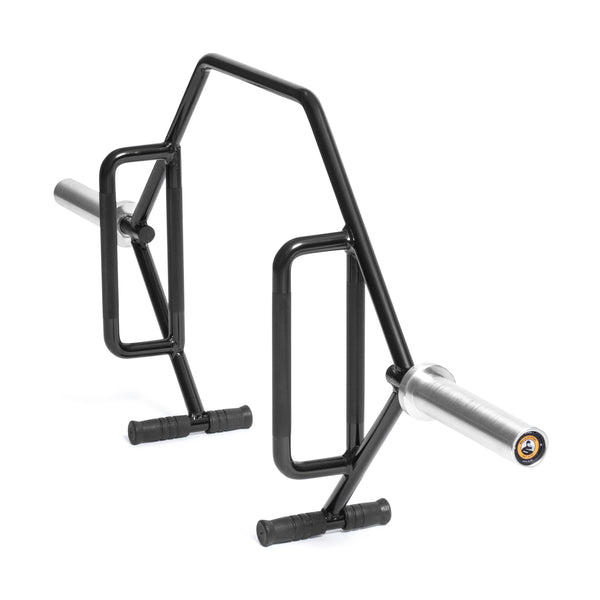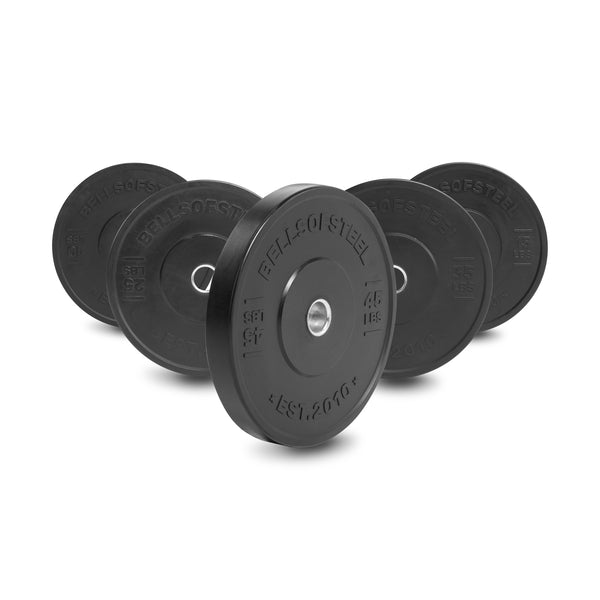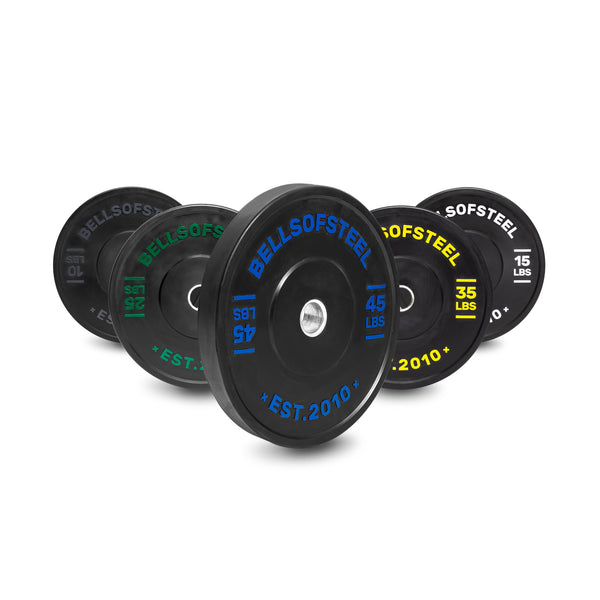When it comes to lifting weights, athletes are always on the lookout for exercises that can give them an edge in their respective sports.
One exercise that has gained significant popularity in recent years is the trap bar deadlift. This is for good reason — generally speaking, the trap bar deadlift is better for athletes.
In this article, we will explore why the trap bar deadlift is better for athletes and how it can enhance their performance on the field.It's no secret that most sports require athletes to play in an athletic stance. Think of a small knee bend, hips slightly back, and chest out.
This position allows athletes to generate power and maintain stability during dynamic movements. And guess what? The trap bar deadlift mimics this position perfectly, here's why that matters.
Building strength in the athletic stance directly translates to becoming stronger on the field. The trap bar deadlift targets the muscles and connective tissue responsible for holding athletes in this position, allowing them to exert greater force and control during play.
Numerous sports can benefit from the trap bar deadlift. Whether it's hockey, football, rugby, basketball, or many others, the ability to generate power and maintain stability in the athletic stance is crucial for success. For athletes, reducing the risk of injury is of paramount importance. After all, their performance on the field is how they earn their scholarships or income.
When comparing the trap bar deadlift to the conventional deadlift, it becomes clear that the former carries a lower risk of injury.
Consider the following: injuries to the lower back are more commonly associated with conventional deadlifts. The trap bar deadlift, on the other hand, places less stress on the lower back, making it a safer option.
While it's impossible to eliminate all risks, athletes understand that getting injured in the gym is a huge no-no. Opting for exercises like the trap bar deadlift helps mitigate the risk, ensuring they stay in top shape for their sport. Conventional deadlifts primarily target the posterior chain, which includes muscles like the hamstrings and glutes. While these muscles are essential for overall strength and power, many athletes also need strong quadriceps to excel in their sports.
The trap bar deadlift places a greater emphasis on the quads compared to conventional deadlifts. Strengthening the quadriceps helps athletes improve lower body power, which can have a positive impact on performance indicators such as jumping ability and explosive movements.In conclusion, the trap bar deadlift is a superior choice for athletes looking to enhance their performance on the field.
Its ability to train sport-specific strength, lower the risk of injury, and target the quads makes it a valuable addition to any athlete's training regimen.
Whether you're a hockey player, a footballer, or a basketball enthusiast, incorporating the trap bar deadlift into your workouts can help take your game to the next level!



